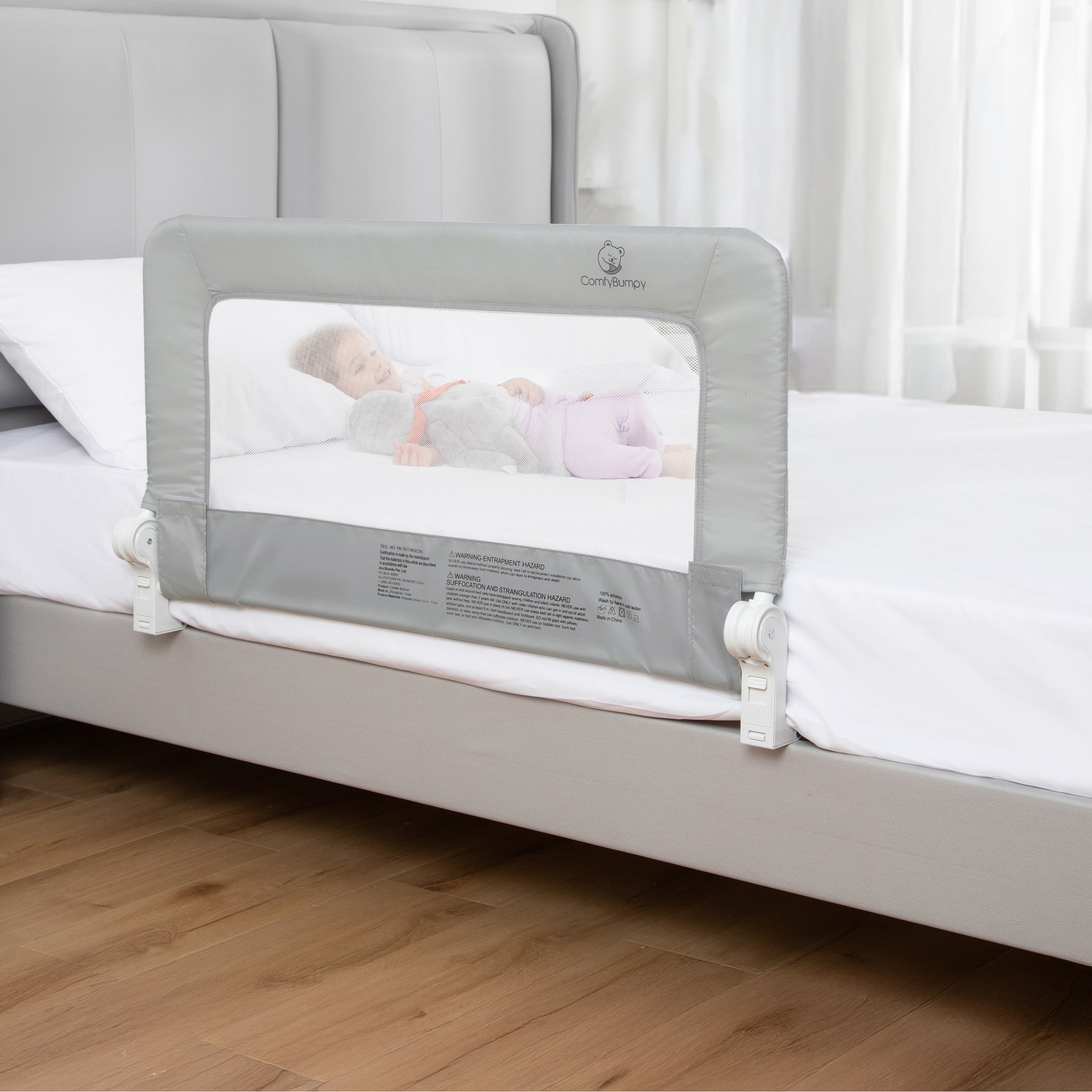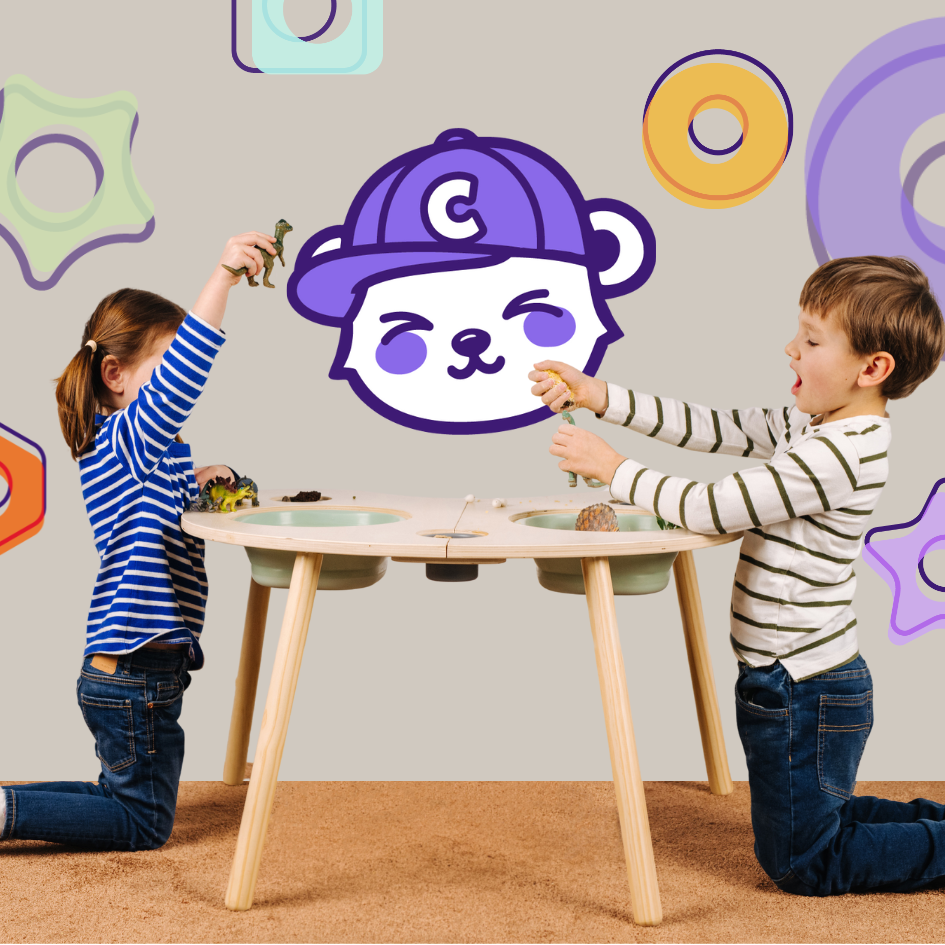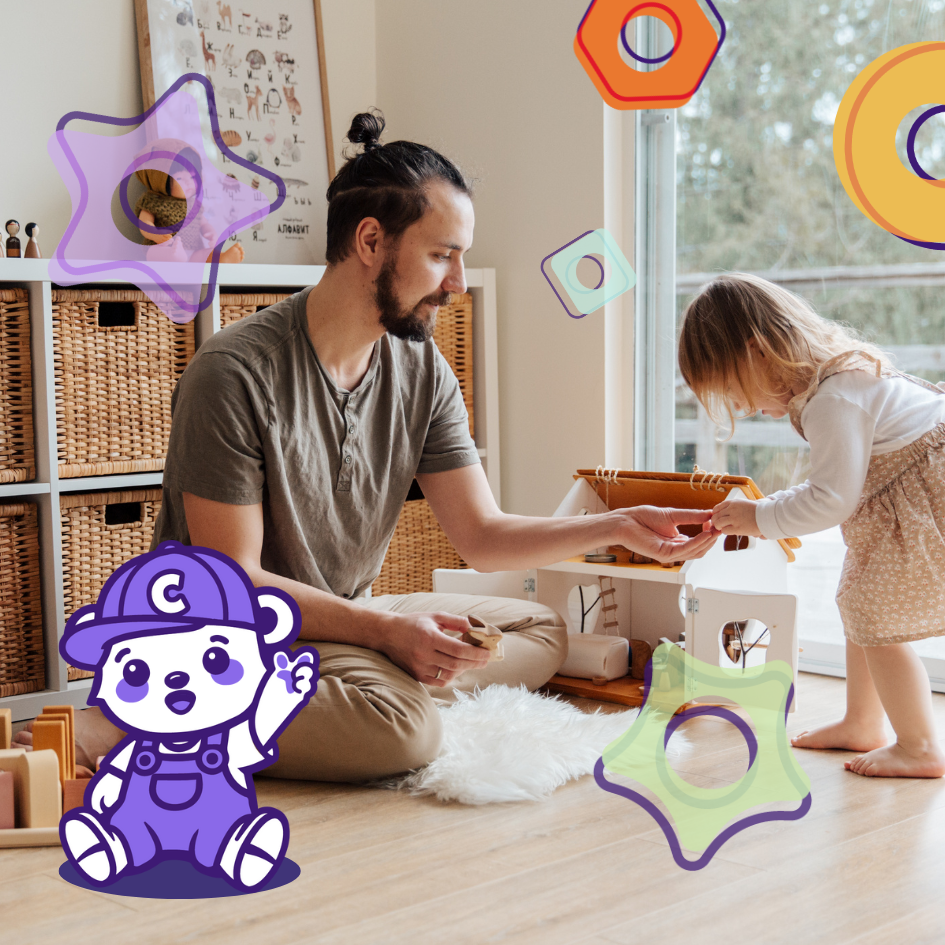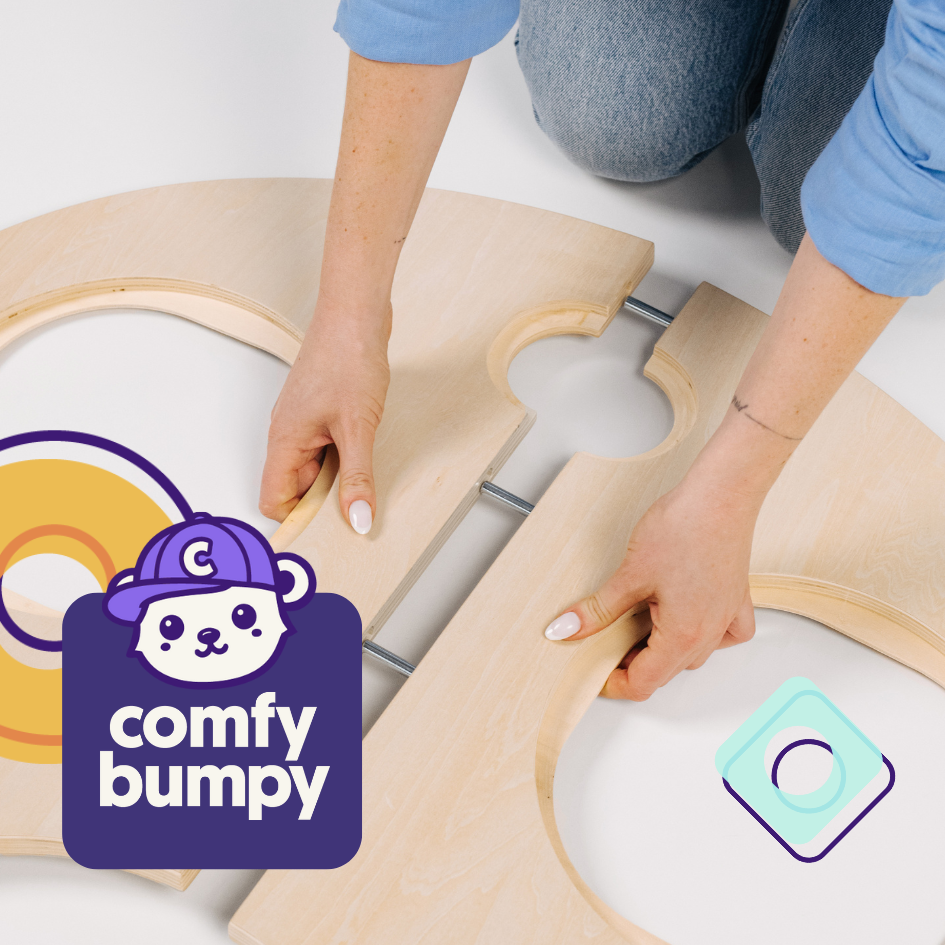Saved by the Schedule: How to Start A Solid Bedtime Routine For Your Baby
Sleep is a necessity for every human being roaming the earth and especially for your baby. These tiny creatures are growing at an incredible rate and sleep is a large contributor to that growth. You will discover that, on the flip side, sleep deprivation can cause serious health issues both mentally and physically. Therefore, starting a bedtime routine for your baby is one of the best habits you can help them establish for a lifetime of healthy sleep.
John Hopkins Medicine talks about the timing and quality of baby sleep at each stage of development. Infants sleep in small amounts frequently since they need to eat just as frequently. As they grow, their sleep patterns change and you will learn to adjust their habits. As much as 16 hours per 24-hour day is the recommended amount of sleep for a newborn just home from the hospital. With half during the day and half at night, you may find your own internal clock a bit off. Don’t worry, it gets better. By age six months, you should see your baby sleeping roughly ten hours at night and four hours during the day. Of course, these numbers are rough estimates and your baby may differ but there are quite a few ways to help encourage staying on track with these numbers. It is recommended to begin a bedtime routine for your baby around 6-8 weeks, adjusting as they develop.

Signals and Suggestions
Establishing a routine at bedtime gives babies a window to unwind from the stimulations of the day. Their little brains and bodies have been working hard all day to take in the world around them. When you start a solid bedtime routine, they eventually begin to understand that it is time to stop all that and rest.
Sleepy Signals
First, you will need to recognize their sleepy signs such as fussiness, yawning, and eye-rubbing. These little hints are triggers for us to get started on their bedtime routine. The experts at babycenter.com also recommend letting baby burn off some silly energy by playing around a bit before starting the routine. This will help them sleep better and longer if they feel tired.
Knowing Your Baby
Second, calming baby down involves doing something that you know they will like. For example, if they love baths, start with that. If they hate baths, don’t fight it at bedtime or you’ll both end up frustrated. You must know your baby and the things they find comforting. Reading, singing, even just swaying or bouncing them are all generally effective ways to calm them down and get them ready to sleep. Choose two or three things and start about a half an hour to one hour before you think they will fall asleep. This will give them and you a pattern to follow for your routine.
Establishing Baby’s Space
Third, establish baby’s room as the room where this routine primarily happens. This is very important.Parents notes that bedtime already causes a feeling of separation but if you make their room a place where you read or sing calmly before bed, they won’t feel banished to a secluded room that they only see at bedtime. If the routine always ends with reading a book in the parents room or living room, they will not understand that going to sleep in their room is normal. They will feel as if it is a punishment and they won’t rest easy.

Setting up the Room
Another important aspect of how to start a bedtime routine for your baby is creating a calming, quiet, space for them. Their room should have the appropriate furniture for their age and not too much stimuli. Softer wall colors, along with neutral-colored furniture, and natural fabrics will keep the space serene.
Today offers practical advice to mothers who are preparing a nursery for baby’s arrival: avoid clutter! A nursery should be kept simple with everything you need for dressing and changing baby within arm’s reach. Storage solutions are key especially when you are working with a small space. Do not overwhelm the room with stuffed animals, toys, and knick-knacks. These things will become tripping hazards in the middle of the night when you need to change the baby’s diaper.
Infant Stage
When shopping for baby furniture, keep in mind your limitations when it comes to space and age. A newborn will wake up every two to three hours until they are roughly six weeks old. That is about three or four times a night you will be getting up to feed the baby. If you have a large house or aren’t comfortable with a newborn in another room when still so little, it may be best to keep the baby in your room for the first few weeks before starting their bedtime routine. This requires either a crib, bassinet, or a co-sleeper for the baby to sleep in. For the best sleep solutions for your tiny one, ComfyBumpy offers a couple options. They have bassinets that travel and co-sleepers that unzip on one side with adjustable heights to match your bed height. With these different options, you’ll find both baby and parents will sleep best in their own spaces.
Crib
Once you start your bedtime routine around 6-8 weeks, a crib in a nursery is the most ideal sleeping arrangement for a baby. Cribs have come quite a ways from the old fashioned, metal, jail boxes they once were. The wooden cribs of today make it quieter to lay baby down and tip toe out of the room at bedtime. A rocking chair in the nursery is also great to have for reading with baby before bed. It’s never too early to start reading to your baby, so cuddle up after pjs are on and teeth are brushed. Creating those comforting moments during your bedtime routine assures baby that you are not just abandoning them but loving them and spending that valuable time with them.

Toddler Bed
Although it’s quite obvious, the best time to switch baby over to a toddler bed is when they start climbing out of the crib. This may happen sooner than later for some babies or vice versa. It is important to note that before you switch baby to a toddler bed, you must do extreme baby proofing in the nursery. Diaper creams, wipes, baby lotions, outlets, and toys that may become choking hazards must be taken care of and kept out of reach. In addition, switching your baby over to a toddler bed can be taxing on both parents and baby. Barb Warner, mother of four and pediatric nurse at St. Louis Children’s Hospital, offers three keys to success: the child’s readiness, your patience, and giving yourself and baby time to adjust. Getting the baby/toddler excited about the bed by letting them pick out new bedding, or maybe letting them help you build it are great ways to encourage positivity. Having a solid bedtime routine will also help with the transition. If everything else remains the same and only the bed is different, baby will find confidence and trust that they will be safe and sound. In addition, perseverance is an absolute must when toddler attempts to escape the toddler bed, time after time. It will pay off eventually, so just keep at it.
Saved by the Schedule
Many times, throughout raising your babies, you may be tired, worn out, or frustrated. Developing healthy sleeping habits and routines such as bedtime routines, will help to take that stress off you. It helps you to retain some time daily to focus on yourselves while giving the babies expectations from the beginning. Bedtime routines can be difficult in the beginning just like dieting, exercising, and careers, but eventually they become something healthy for our minds and bodies. You will be teaching your children how to build healthy lives with a good bedtime routine.









Leave a comment